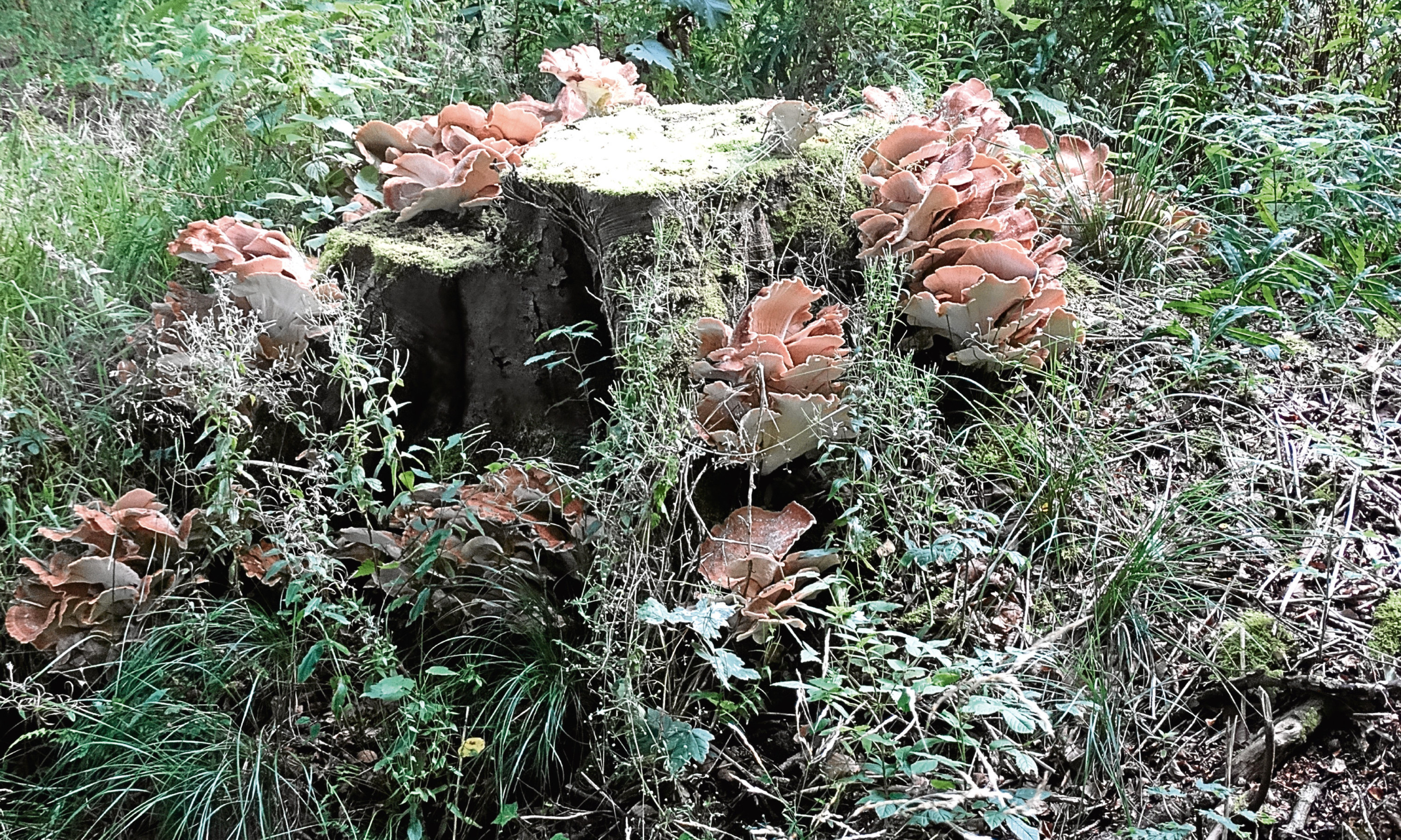The Doyenne and I support Scottish agriculture. We eat steaks and roasts from good Scottish beef, legs of lamb and lamb chops, rolled shoulder of pork and pork chops too.
We’re fond of chicken and at Christmas eat turkey, or Scottish buffalo if we are visiting our daughter.
But that’s just the tip of the Scottish agriculture iceberg, in a manner of speaking.
There are potatoes and carrots, and broccoli – or should it more properly be called calabrese? Are they two different vegetables, or varieties of the same one?
I don’t think I’m too fussed because I like most fresh vegetables. But ex-President George Bush clearly was fussed because he is famously quoted as saying after being sworn into office: “Now I’m President of the United States I’m not going to eat any more broccoli.” Which shows what a long reach some mothers have.
Despite memories of school lunches, I enjoy a freshly cut cabbage and leeks served in a white sauce. If you like your garlic strong, try the Scottish variety grown in Morayshire. And there’s rapeseed oil from Aberdeenshire – a match for any extra virgin olive oil.
The season is past now – it’s a short one anyhow – but I can’t forget Sandy Pattullo’s asparagus grown on Eassie Farm between Glamis and Meigle. The next crop won’t be ready for harvesting until next May.
And of course, Scotland’s north-east is justly famed for its soft fruit.
What brought all this to mind is seeing pea viners on the neighbouring farms harvesting the vegetable, which will be processed and frozen for sale in supermarkets. Beans will also be ready for harvesting soon.
We have bread, cakes and biscuits baked with flour from wheat grown on Scottish farms; oatcakes and Scott’s porage oats made from Scottish oats milled in Cupar, Fife; eggs from Scottish flocks of hens and milk from what seems to be a diminishing Scottish dairy industry.
What happens to Scottish cheese making and butter if there are no local dairy herds?
I suspect most of us – and I include myself – take for granted the food that appears on the supermarket shelves and give scant thought to where it originated.
Next time you’re shopping give a thought as to how much of what goes in your trolley is home produced and how much we have to thank our farmers for.
Occasionally, the Doyenne and I permit ourselves a sustaining – maybe even a medicinal, you’ll understand – glass of the cratur, the auld kirk, our national drink.
We never forget that a vital ingredient of the blessed water of life is barley, as likely as not grown on a farm on our doorstep. Which is as good a reason as any to have another dram to salute the skills of the farmer who grew the crop.
Start of the end
Tuesday was the first day after the August Bank Holiday, the day some people say marks the start of the end of summer. It’s a notion that has only grown up since Bank Holidays were introduced.
However, last Monday’s was the English one, our Scottish one being well past on August 7 – too early to contemplate the beginning of the end of season.
And anyway, how did they calculate the change in seasons before Bank Holidays were invented?
I’ve only thought about it just now because, somewhat late in the season compared with previous years, butterflies and bees have begun to visit our garden.
We’ve planted several shrubs to attract pollinating insects and I hope there’s still a good bit of summer left for them to harvest the nectar and for us to enjoy them.
The white buddleia we planted last year doesn’t seem to want to flower so we shall need to do some remedial work there before next summer. But I’ve just counted five red admirals and two peacocks on the blue buddleia. Small whites and small tortoiseshells also make cameo appearances.
The blue solanum we planted two years ago has flourished and attracts bumble and occasional honey bees. I can’t explain the reason for their late appearance but I’m just so pleased to see them.
Wild harvest
I waxed eloquently earlier about our farmed produce but it is a good year for wild rowans.
The trees are dripping with ripe scarlet berries, the branches bent under the weight of the fruit. Look out your pans and get on with making rowan jelly this weekend.
I have come across some strange growths on my walks with dogs but none quite so strange, or gross, as the fungus in the photograph, growing on the stump of a beech tree.
Once before I’ve seen something similar growing in beech leaf mulch on the woodland floor.
I looked up my book on mushrooms and toadstools to identify it and the best I can come up with is Trametes versicolor, which grows on beech stumps and favours sunny areas.
There’s an -ologist for everything so perhaps there’s a mycologist out there who recognises these exotic eruptions.
